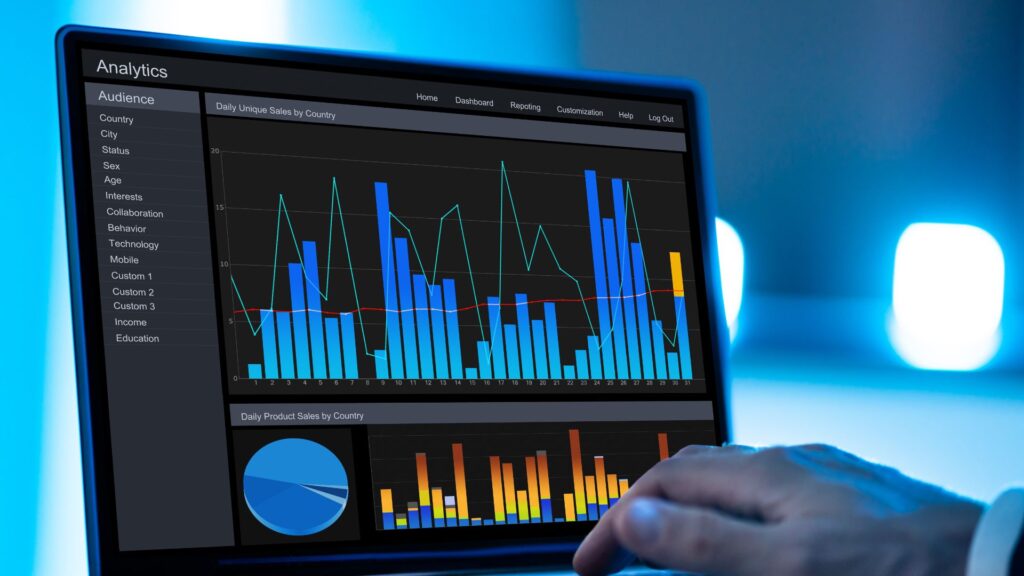
Selling a business is no small feat. Today’s buyers are sharper, diligence is more intense, and it can feel like a game of 20 questions. That’s where data analytics become a powerful secret weapon to gain a competitive edge and tell a clear story supported by data. When leveraged early, it can help shape the narrative, anticipate diligence questions, and ultimately drive a higher multiple at exit.
Sophisticated buyers expect more than a well-designed financial presentation. They expect data-driven insights and a clear view of future potential. Data analytics helps sellers get ahead of questions and shape a narrative focused on the metrics that matter most, highlighting the business’s key value drivers and strengthening the case for valuation.
Buyers want to see more than “we’re growing fast”—they want real numbers and defensible trends. With the right analytics, sellers can paint a credible picture of performance and future growth.
Here are four key metrics to highlight:
If you don’t benchmark your business, buyers will—often in ways that don’t favor you. Leveraging external data can help frame the narrative around valuation and performance.
Deals slow down when data is incomplete, scattered, or messy. Modern analytics platforms can centralize information, generate insights faster, and keep stakeholders aligned throughout the process.
To make the most of your data, you don’t need to be a data scientist, but you do need to be data-savvy. Here’s how:
Selling a business is complex—but it doesn’t have to be uncertain. With the right data strategy, sellers can reduce diligence friction, tell a compelling story, and maximize value. At Palm Tree, we help portfolio companies turn raw data into actionable insights—well before buyers enter the picture.
By integrating financial and operational analytics, we help sellers highlight key drivers, tackle tough questions, and support a smooth transition post-close. In today’s M&A landscape, data isn’t just a tool—it’s profit. Let Palm Tree help you unlock its full potential.